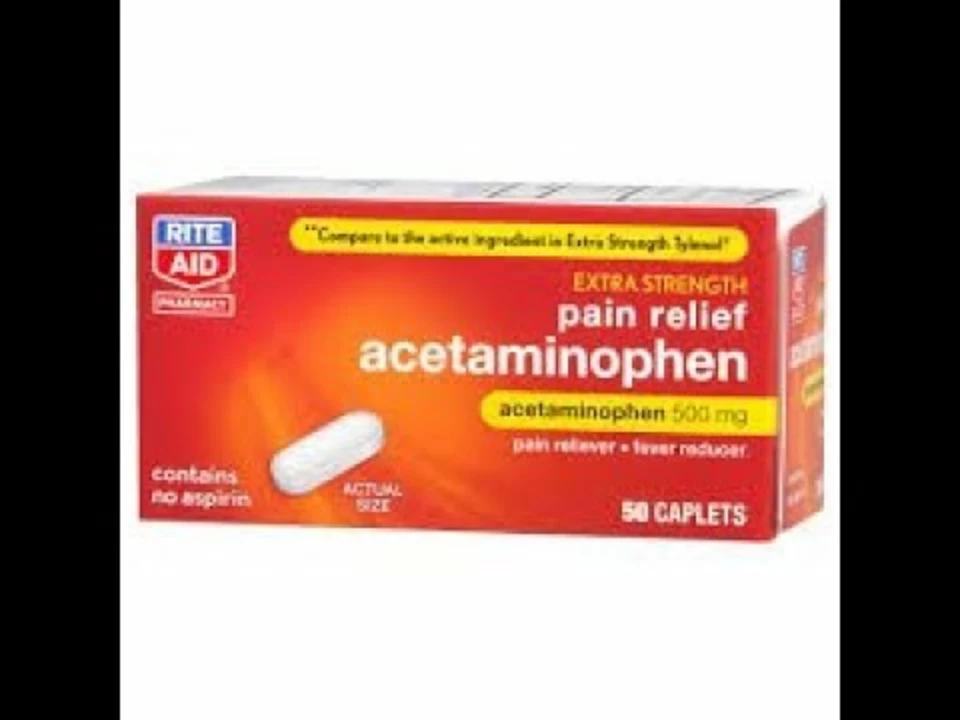Acetaminophen: what it does, how to use it safely
Acetaminophen (also called paracetamol or Tylenol) is one of the most common medicines for pain and fever. It works fast—usually 30–60 minutes—and helps headaches, muscle aches, tooth pain, and fever. Unlike ibuprofen, it doesn’t reduce inflammation much, but it’s gentler on the stomach and often safer if you have bleeding risks.
How to dose it
Adults: typical dose is 325–1,000 mg every 4–6 hours as needed. Try not to exceed 3,000 mg per day to reduce liver risk; some labels still list 4,000 mg, but 3,000 mg is a safer cap for most people. If you have liver disease, drink alcohol regularly, or take other meds that affect the liver, talk to your doctor first.
Children: dose by weight, not age—usually 10–15 mg per kg every 4–6 hours, with no more than 5 doses in 24 hours. Always use the dosing syringe or cup that comes with the medicine and check the product label. For infants and toddlers, follow pediatric dosing charts or ask a pharmacist.
Safety, interactions and red flags
Mixing acetaminophen with other products is the most common mistake. Many cold, flu, and prescription pain meds also contain acetaminophen. If you take two of these, you can accidentally overdose. Check labels for “acetaminophen,” "APAP," or brand names before combining products.
Avoid alcohol while taking acetaminophen. Alcohol plus high doses increases the chance of serious liver damage. People with chronic liver disease should avoid it or use very low doses under medical advice. Long-term high-dose use can also raise bleeding risk if you’re on warfarin—talk to your prescriber if you take blood thinners.
Signs of overdose can be subtle at first: nausea, vomiting, stomach pain, or tiredness. Jaundice (yellowing of skin or eyes), dark urine, or confusion are later and serious signs. If you suspect an overdose, contact emergency services or poison control immediately—antidote (N-acetylcysteine) works best when started early.
Other practical tips: use the lowest effective dose for the shortest time, don’t take more often than every 4 hours, and store meds out of reach of children. Pregnant people can usually use acetaminophen for short-term pain or fever, but ask your clinician if you need frequent doses.
Bottom line: acetaminophen is effective and usually safe when you follow dosing rules and avoid hidden sources. When in doubt—read the label or call your pharmacist. They can quickly check for interactions and correct dosing for you or your child.
The potential link between acetaminophen and joint problems
Recently, I've been looking into the potential link between acetaminophen and joint problems. It seems that some studies suggest a connection between long-term use of this common pain reliever and increased risk of joint issues, like osteoarthritis. Although the research is still in its early stages, it's important for us to be aware of these potential side effects. As always, it's best to talk to your doctor about any concerns you have and consider alternative pain management options when appropriate. Let's keep an eye on this topic and stay informed about the latest findings.
Keep Reading
